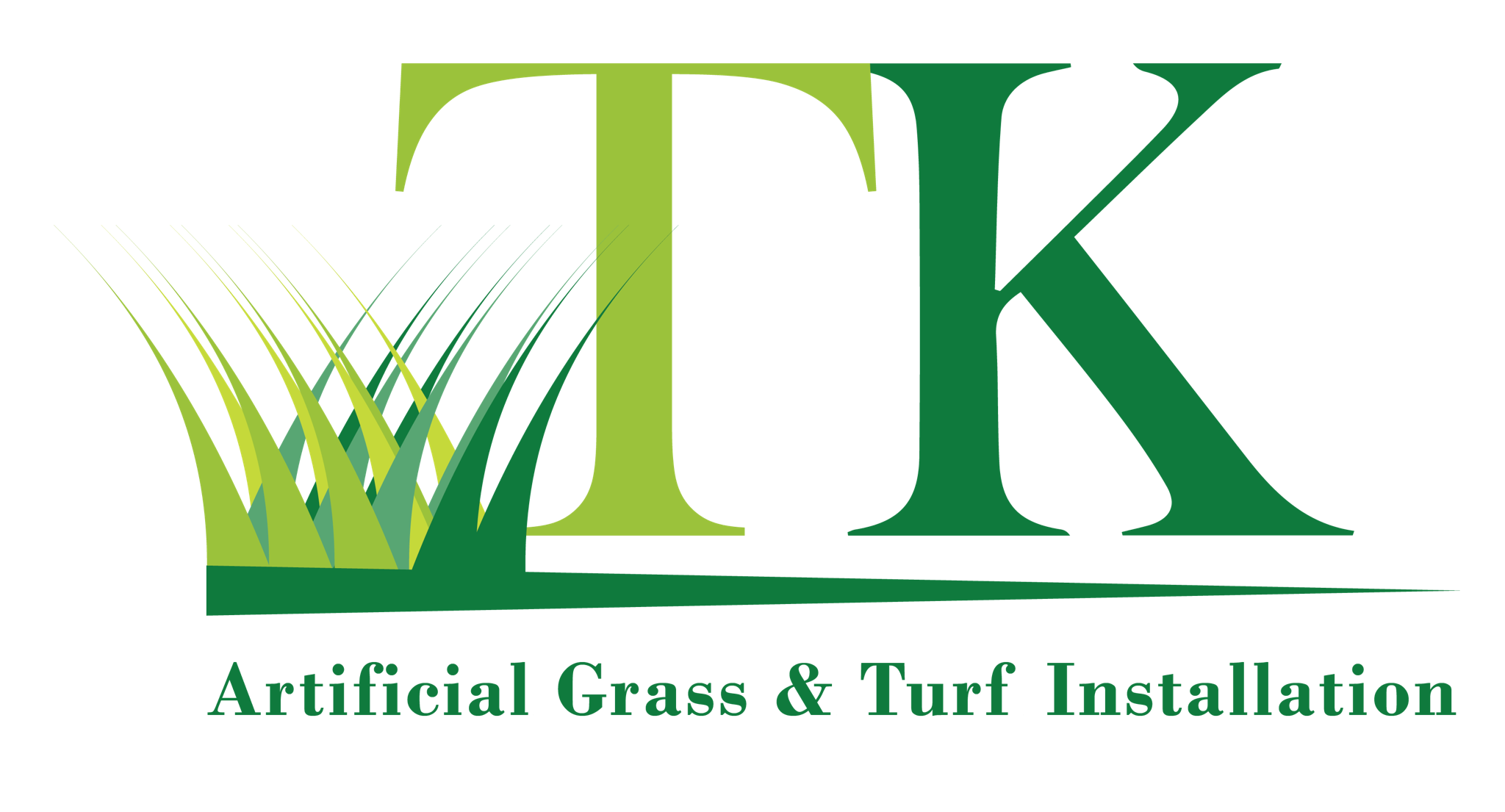Artificial turf is basically a field of synthetic fibers designed to appear as authentic natural grass like grass. It’s most commonly used in sporting arenas for outdoor sports either originally or are usually played on real grass. But it’s becoming use more on commercial and residential landscapes as well. But what is synthetic turf? How does it compare to natural grass? Fort Lauderdale synthetic grass is created by the process of mixing different fiber materials to form a smooth, durable and appealing surface. It consists of high-density polyethylene and low-density polyethylene fibers, which are manufactured to mimic the qualities and appearance of natural grass. These materials are mixed together with oils and water to create a uniform, sturdy and durable surface. In addition, artificial turf has high-definition video cameras, drainage systems, lighting, and pressure-treated mats that are specifically designed for sports areas. With these features, synthetic turf has the ability to resist wear and tear better than any other surface used for sports fields. Aside from the advantages given above, synthetic turf has its own disadvantages, which are more applicable to residential landscapes. The biggest disadvantage is that because of its artificial look, it may be easier for pests such as mosquitoes and rodents to lay their eggs on the surface. Another problem with synthetic turf athletic fields is that it’s more expensive compared to natural grass. Although initially cost might be a factor for purchasing, in the long run it would be practical if you are aiming to save more money. More importantly, though, you want to make sure that the investment you’ve made will serve its purpose.

Studies have also shown that the usage of Synthetic Turf in some instances poses a risk to children who play on the surface. The reason for this concern is related to the use of pesticides and herbicides by professional sports teams, which might contaminate the water used for the kids to play in. A study conducted in Florida showed that children whose play was regularly interrupted by water spills were at a greater risk of developing allergies or asthma. For this reason, schools in Florida are prohibited from using chemical products on their athletic fields. As part of this rule, they are required to study and prepare in advance a plan on how to protect students from the dangers posed by water spills on the sports field. One of the most common concerns regarding synthetic turf’s use is the danger of athletes being injured during practice. This is often attributed to improper warming up methods, which in turn can cause discomfort in the body and increase the risk of injuries. However, this is not always true. There have been studies conducted that showed that the incidence of heat stress injuries is not increased when playing on artificial surfaces. Heat stress is when the body experiences elevated temperature without enough rest. Though many people think that the human body is able to handle such elevated temperatures, the same cannot be said for the skin. Heat stress injuries are caused by the irritation of the skin’s outer layer, which results in redness and swelling. This, combined with repeated rubbing of the body against the artificial surface, results in the formation of bruises and cuts. In contrast, natural turf allows the natural elements to act as a cushion against the force of blows and other activities that take place on its surfaces. Heat stress injuries are less likely to develop because heat causes the skin to produce sweat, which in turn eliminates the moisture. Aside from these, there have been other reported injuries related to playing on synthetic fields including sprained ankles, broken knees, and concussions.
Look into our other blogs to learn more today!

Recent Comments